What is the tolerance range of precision screws?
What is the tolerance range of precision screws?
Service Hotline
+86760-8787 8587We have more than ten years of experience in the production of screw industry, the main products are: cup head cylinder head round head, fixed positioning pin, slotted lock nut, internal thread straight nut, bolt screw, dish-shaped ingot croissant hand screw cap, internal and external sawtooth Gaskets, bakelite thumbscrews, black countersunk head screws, cabinet cage nuts, GB93 spring washers, cup head socket head cap screws and nuts, A-type square spot welding nuts, cup head screws and screws, nickel-plated bolts and other fasteners, Due to the different materials and specifications of the products, the prices are also different, please contact us if necessary.


The side gear thrust washer used in the automobile differential is a flat washer, which is installed between the differential housing and the side gear to prevent the side gear from retreating. Due to the high-speed rotation of the side gear when the differential is working, it is necessary to ensure that the contact surfaces on both sides of the flat gasket are well lubricated.
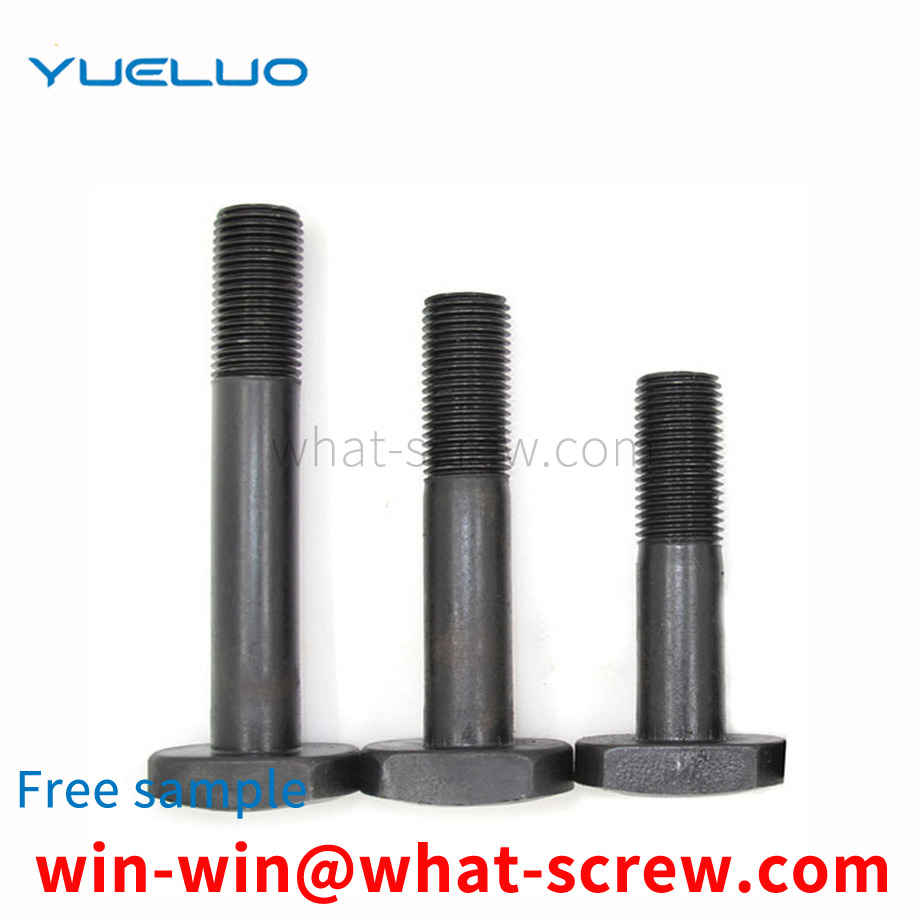
1. The expansion phenomenon of the spring washer is generally not the problem of the spring washer itself. 2. The spring washer with the expansion ring must be subjected to a radial external tension. The external tension is derived from the tightening axial force generated by the tightening torque. The chamfer creates a radial component of the axial clamping force, which expands the opening of the spring washer. The smaller the chamfer diameter, the greater the possibility of ring expansion. 4. Adding a flat washer between the nut and the spring washer helps to slow down or prevent the expansion of the ring, but the flat washer is too thin or too soft. Prevent ring expansion 5. The reason for the hydrogen embrittlement fracture of spring washers is generally due to unreasonable heat treatment process and the failure of hydrogen removal treatment after electro-galvanizing. A large number of tests and long-term practical experience have confirmed the above analysis.
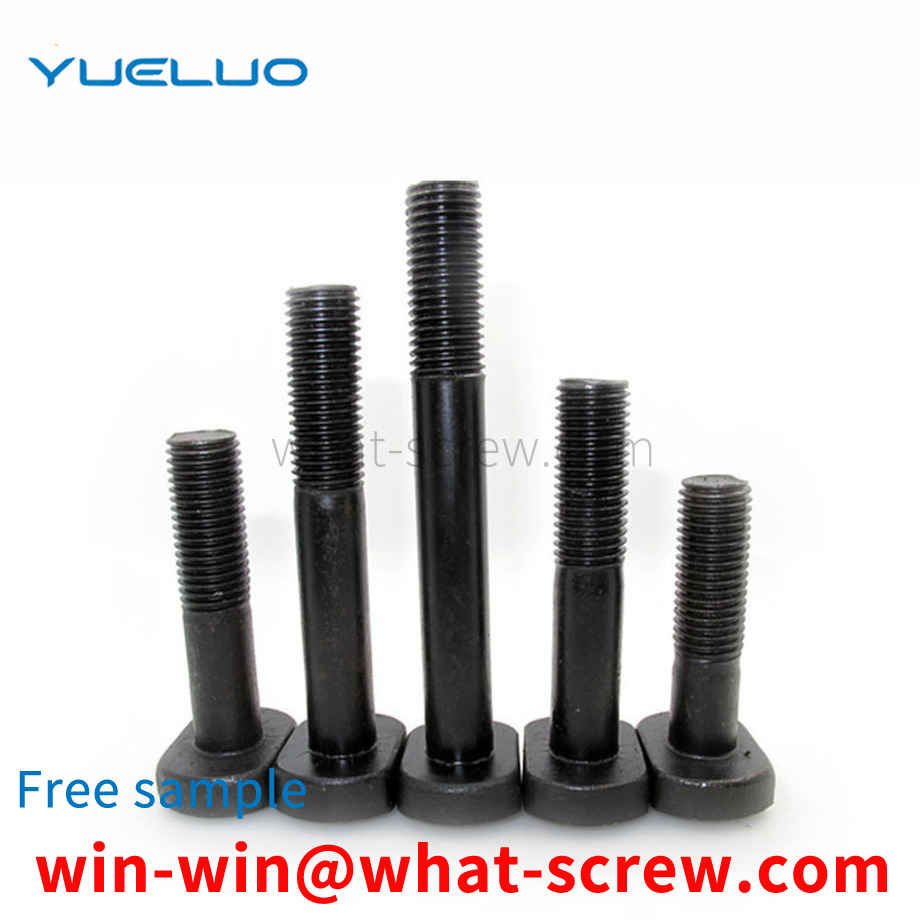
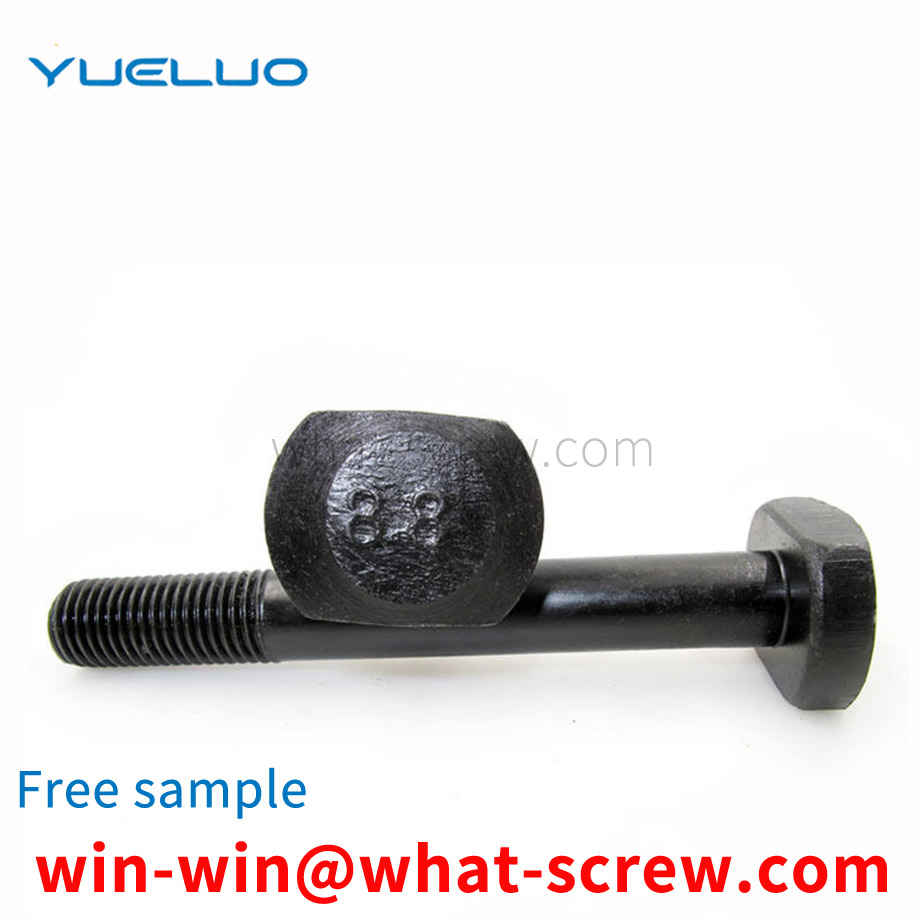
Several concepts about high-strength bolts 1. According to the specified performance level of bolts above 8.8, they are called high-strength bolts. The current national standard only lists M39. For large-size specifications, especially those with a length greater than 10 to 15 times High-strength bolts, domestic production is still short-term. The difference between high-strength bolts and ordinary bolts: High-strength bolts can withstand larger loads than ordinary bolts of the same specification. High-strength outer hexagon bolts High-strength outer hexagon bolts are made of Q235 (ie A3). The material of high-strength bolts is 35# steel or other high-quality materials, which are heat-treated after being made to improve the strength. The difference between the two is the difference in material strength. From raw materials: High-strength bolts are made of high-strength materials. The screws, nuts and washers of high-strength bolts are all made of high-strength steel, such as No. 45 steel, 40 boron steel, 20 manganese titanium boron steel, 35CrMoA, etc. Ordinary bolts are usually made of Q235 (equivalent to A3 in the past) steel. In terms of strength grades: high-strength bolts are increasingly used. Two strength grades are commonly used, 8.8s and 10.9s, of which 10.9 is the majority. The strength level of ordinary bolts is lower, generally 4.4, 4.8, 5.6 and 8.8. High-strength bolts High-strength bolts are viewed from the force characteristics: high-strength bolts apply pretension and transmit external forces by friction. Ordinary bolt connection relies on the shear resistance of the bolt and the bearing of the hole wall to transmit the shear force. When the nut is tightened, the pre-pressure is very small, and its influence can be ignored. In addition to its high material strength, high-strength bolts also exert a large amount of pressure on the bolts. The pre-pressure generates extrusion force between the connecting components, so that there is a large friction force perpendicular to the direction of the screw, and the pre-pressure, anti-slip coefficient and steel type directly affect the bearing capacity of high-strength bolts. According to the force characteristics, it is divided into pressure type and friction type. The calculation methods of the two are different. The minimum specification of high-strength bolts is M12, and M16~M30 are commonly used. The performance of super-large bolts is unstable and should be used with caution in design.
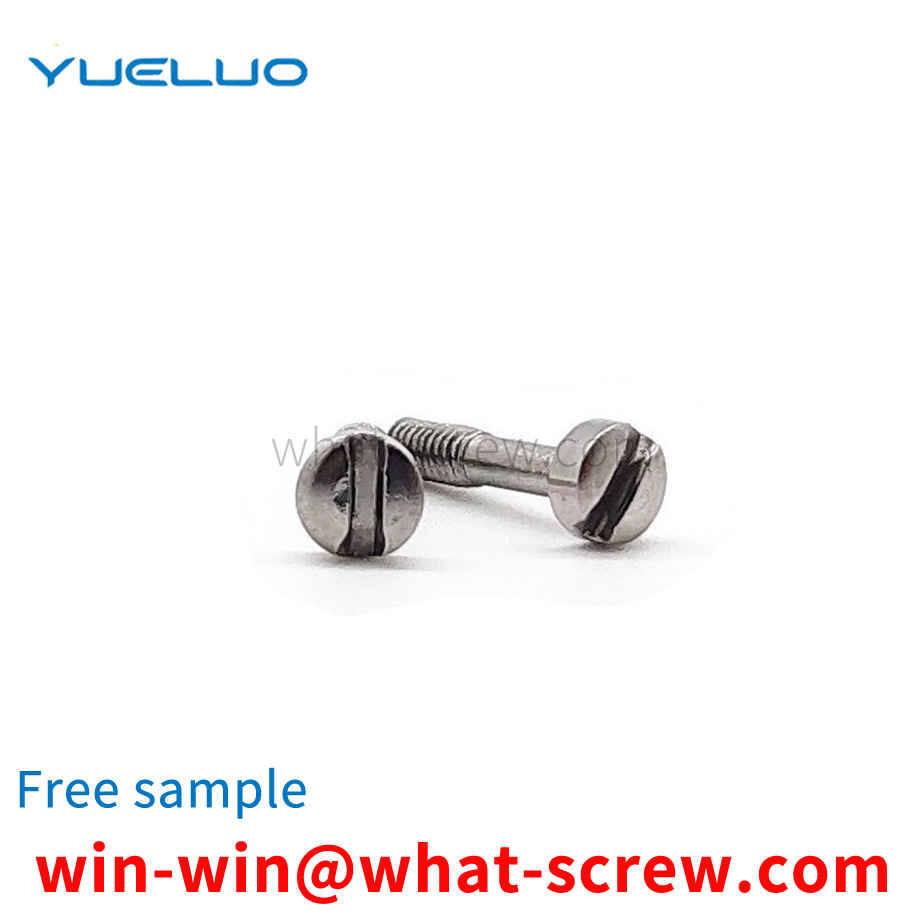
At present, the nut is used as the main body through the riveting connection with the gasket, which is more and more widely used in the industrial field, especially the automobile industry. The gasket connected with the nut has two types: spring gasket and flat gasket. After the nut is tightened, the washer gives the nut an elastic force, which is pressed against the nut to make it not easy to fall off; and the function of the flat washer is to increase the contact area between the nut and the coupling, increase the friction force, reduce the pressure per unit area and protect the surface of the connected parts. Not damaged, stop the nut from loosening. Therefore, gaskets have a wide range of applications in the field of fastening connections, and it is more and more important to improve production efficiency, reduce production costs, and meet growing demands.
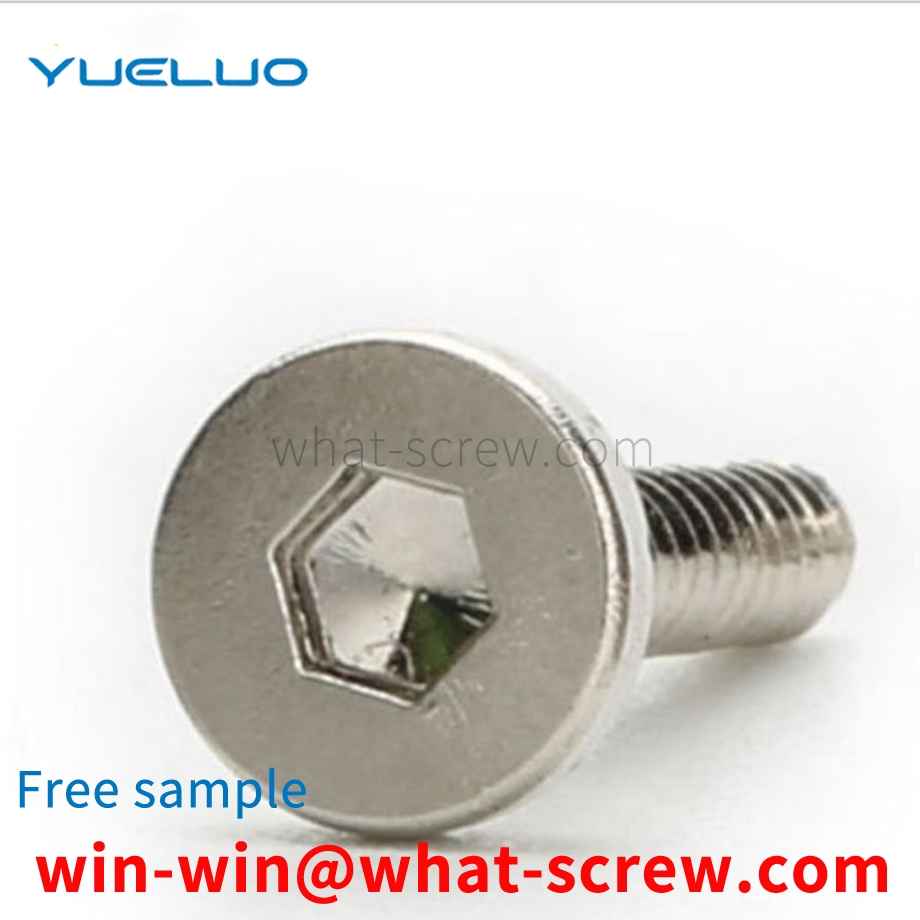
The above content is uploaded by Yueluo or the Internet. If there is any copyright issue, please contact [email protected].

What is the tolerance range of precision screws?

How to choose the right stainless steel screw manufacturer?

Why is there an R angle under the head of the hexagon head s...

We have more than ten years of production experience in the ...

We have more than ten years of production experience in the ...

We have more than ten years of experience in screw industry ...

We have more than ten years of experience in screw industry ...